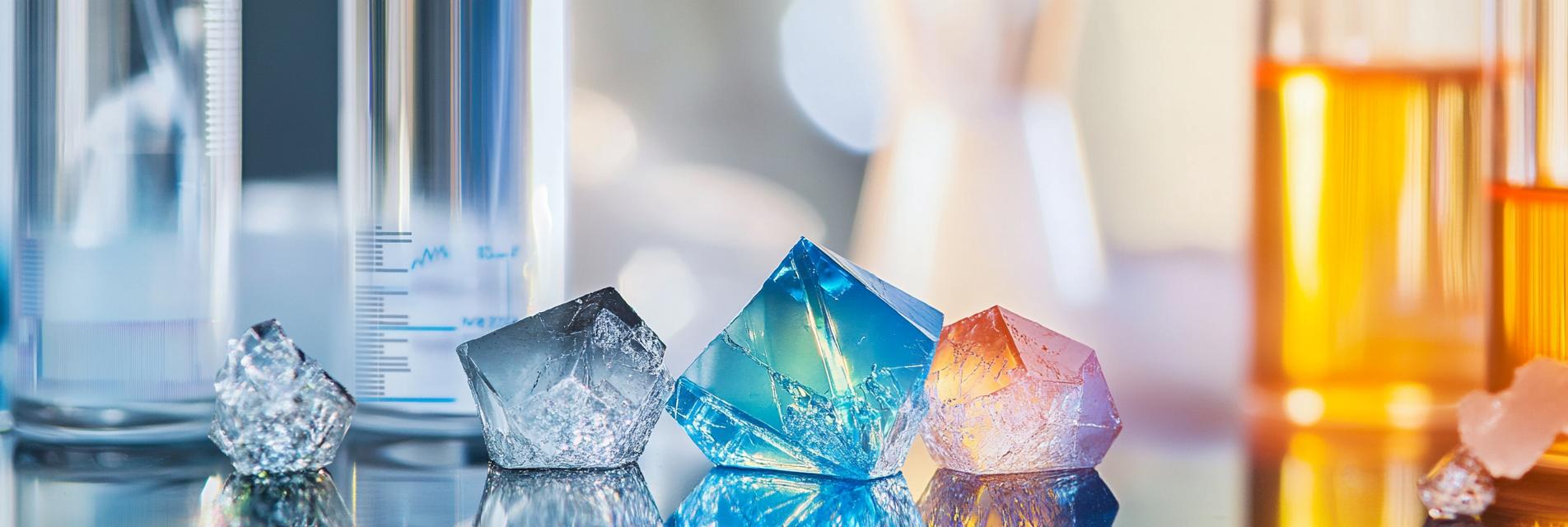Welcome, dear readers! Today, we’re diving into the fascinating world of polyacrylamide and its remarkable role in the mining industry. Now, don’t yawn just yet! This isn’t your typical dry academic lecture, but rather a lively exploration of how this superstar polymer is reshaping the mining landscape—one case study at a time. So, grab your hard hats and let’s get started! 🚧
Polyacrylamide, affectionately called PAM by its friends, is a water-soluble polymer that offers excellent flocculation properties. In mining operations, it’s a game changer for water treatment processes, which is essential given the industry's notorious water usage and pollution challenges. Why should you care? Well, because harnessing PAM can lead to significant economic benefits and a more sustainable industry.
Let’s look at a real-world example. In a copper mining operation in Arizona, the implementation of polyacrylamide for water treatment processes unveiled some staggering results. The team reported a reduction in sludge volume by 50%, leading to lower disposal costs and improved operational efficiency. Who knew that a little polymer could bring such a smile to the finance department? 😂
Now, it’s time for some number crunching! With the advancements in technologies that utilize polyacrylamide, mining companies can expect to save anywhere between 20% to 30% on water treatment costs. Combine that with reduced environmental impact and increased compliance with regulatory standards, and we’ve got a win-win situation. Wouldn’t your accountant agree? 💰
In conclusion, the results are clear: polyacrylamide is not just another technical buzzword; it’s a potent ally in the mining industry. Its uses in water treatment can yield remarkable economic benefits that don’t just line the pockets of company executives but also contribute to a greener, more sustainable future for all. So the next time you hear about PAM, remember that it’s more than just a taste in culinary arts—it’s making waves in mining too! 🌊

